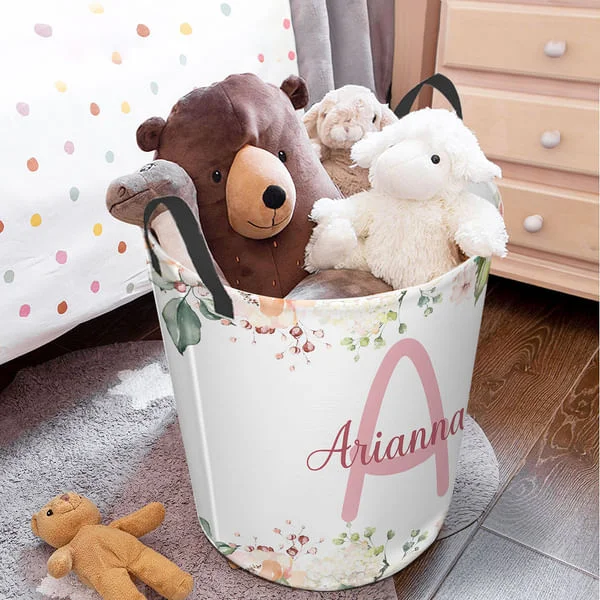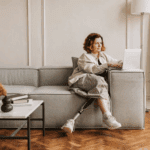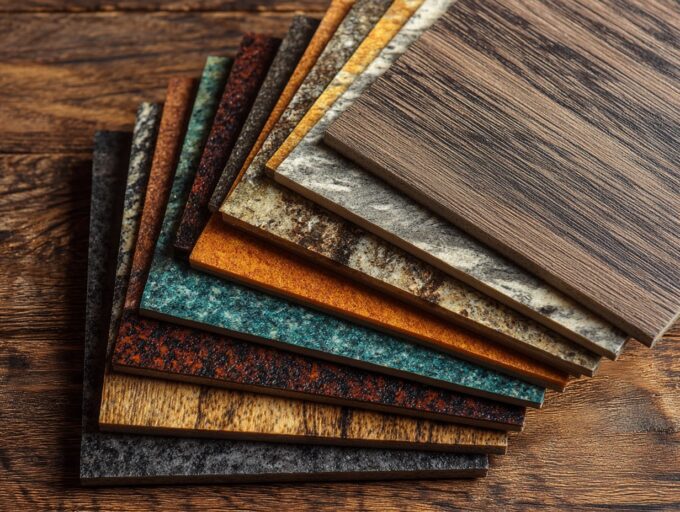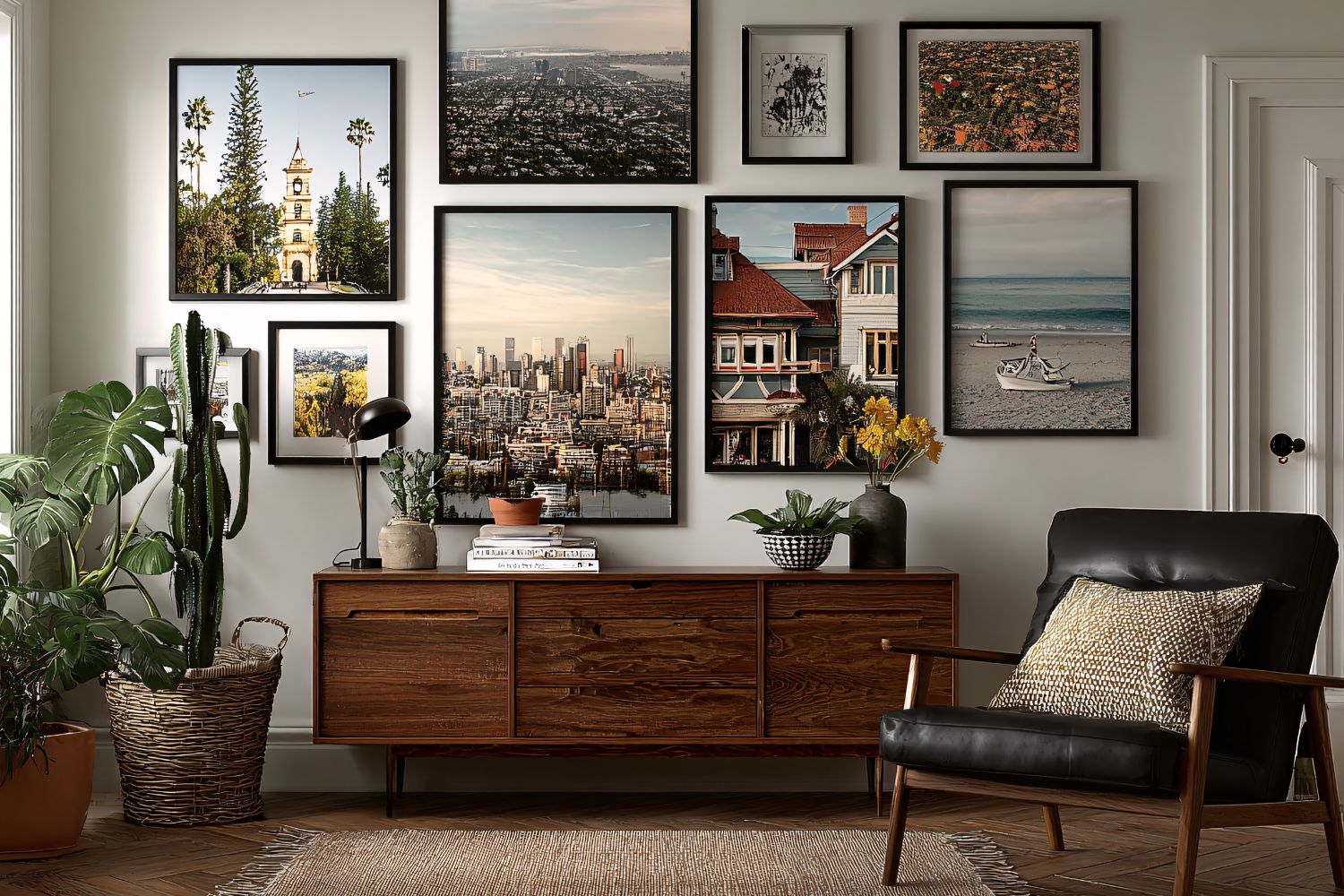- Home
- Articles
- Architectural Portfolio
- Architectral Presentation
- Inspirational Stories
- Architecture News
- Visualization
- BIM Industry
- Facade Design
- Parametric Design
- Career
- Landscape Architecture
- Construction
- Artificial Intelligence
- Sketching
- Design Softwares
- Diagrams
- Writing
- Architectural Tips
- Sustainability
- Courses
- Concept
- Technology
- History & Heritage
- Future of Architecture
- Guides & How-To
- Art & Culture
- Projects
- Interior Design
- Competitions
- Jobs
- Store
- Tools
- More
- Home
- Articles
- Architectural Portfolio
- Architectral Presentation
- Inspirational Stories
- Architecture News
- Visualization
- BIM Industry
- Facade Design
- Parametric Design
- Career
- Landscape Architecture
- Construction
- Artificial Intelligence
- Sketching
- Design Softwares
- Diagrams
- Writing
- Architectural Tips
- Sustainability
- Courses
- Concept
- Technology
- History & Heritage
- Future of Architecture
- Guides & How-To
- Art & Culture
- Projects
- Interior Design
- Competitions
- Jobs
- Store
- Tools
- More
Budget-Friendly Items for Achieving a Minimalistic Interior Design

Minimalism is all about creating a clean, functional space that feels calm and uncluttered. It’s about stripping away the excess and keeping only the essentials, which not only makes the space look aesthetically pleasing but also helps create a peaceful atmosphere.
The good news is that you don’t need to spend a lot of money to achieve a minimalistic design. You can make use of affordable, simple items to create a serene home environment.
In this article, we’ll look at budget-friendly items that are perfect for a minimalist design, without compromising on style or function.
Table of Contents
ToggleFurniture
When you think of minimalism, furniture doesn’t need to be elaborate or ornate. In fact, the best minimalist furniture is often simple and functional. Look for clean lines, neutral colors, and materials that serve a dual purpose. A great way to keep costs down is to buy second-hand or even find pieces that can be easily upcycled.
For example, a simple, neutral-colored sofa can serve as the centerpiece of your living room. Instead of going for an expensive designer sofa, look for basic but sturdy options from thrift stores or budget-friendly furniture outlets.
You can also get creative with DIY projects. For example, a set of wooden crates can be stacked to create a modern-looking bookshelf or storage unit. These are cheap and provide a stylish, functional option for any room.
Use of Lighting
Lighting plays an important role in minimalistic interiors, as it has the power to set the mood and enhance the overall feel of the room. Instead of going for heavy, ornate chandeliers or lamps, opt for sleek, simple lighting fixtures that blend well with the space. Pendant lights and floor lamps with clean, straight lines work wonders in minimalist spaces.
A great budget-friendly lighting solution can be found in smart LED lamps. These lamps can change color and intensity, giving you control over the ambiance without spending too much on high-end lighting systems. Another clever option is string lights or fairy lights. These can be hung around windows or used to accentuate a particular area.
While adding lighting, be sure to position your lights strategically. A combination of natural light and artificial light can make a small room feel open and airy, which is an essential part of minimalist design.

Neutral Color Palette
Minimalism thrives on simplicity, and one way to achieve this look is by using a neutral color palette. Soft whites, beiges, greys, and muted pastels create a sense of calm and openness. These colors make the space look brighter and larger, and they provide a perfect backdrop for your furniture and decor.
If you’re on a budget, paint is one of the easiest and cheapest ways to transform a room. A fresh coat of white or light grey paint can breathe new life into a room, making it look clean and crisp. For a more personalized touch, you could add an accent wall in a soft pastel or a very subtle shade of a bolder color.
If you don’t want to paint, consider affordable wall decals or removable wall art. These are easy to apply and take off without damaging the walls, making them an ideal choice for renters.

Storage Solutions
A key element of minimalist design is maintaining an organized, clutter-free environment. Storage solutions are crucial in achieving this, and you don’t have to spend a fortune on fancy, custom-made units. Simple storage bins, baskets, and open shelving can help keep your belongings tidy and easy to access.
Floating shelves are a great budget-friendly solution to create storage without taking up too much space. They provide a sleek look and keep things off the floor, which is perfect for a minimalist interior.
For additional storage, consider under-bed storage or storage ottomans that double as seating. These pieces provide both function and style, making them perfect for a minimalist setup. The key is to choose items that are versatile and won’t add unnecessary bulk to the room.

Indoor Plants
While minimalist design usually favors a pared-down approach, adding a touch of greenery can breathe life into a space. Indoor plants are an affordable and effective way to add color and texture without overwhelming the design.
You don’t need a collection of exotic plants to make a statement. Simple houseplants like succulents, snake plants, or pothos are easy to care for and require minimal attention. They also thrive in most indoor environments, making them perfect for apartments and small homes.
If you don’t have a green thumb, consider faux plants. They can look incredibly realistic and save you the time and effort of maintaining live plants, all while adding some life to your minimalist space.
Textiles
In a minimalist home, the key is to use textiles in a subtle way. You don’t want to overwhelm the space with bright, busy patterns, but soft, neutral-colored textiles can add warmth and comfort to the room. Opt for throw pillows, simple rugs, and cozy blankets that serve both a functional and decorative purpose.
A budget-friendly way to introduce textiles is through DIY projects. You can make your own throw pillows or cushions by buying affordable fabric from local craft stores. Similarly, simple jute rugs or woven textiles can be found at a low cost, adding texture to your floors without distracting from the simplicity of the room.
When choosing textiles, stick to natural materials like cotton, linen, or wool. These materials feel soft, are easy to maintain, and give off a relaxed, comfortable vibe, which is exactly what a minimalist space needs.

Art and Decor
When it comes to decorating a minimalist home, less is more. The art and decor you choose should feel purposeful and not just something to fill up empty walls. Instead of cluttering the space with several framed photos or decorative objects, opt for one or two pieces that really stand out.
Simple, abstract art or black-and-white photography works well in minimalist spaces, as it adds personality without overwhelming the room. If you have a limited budget, consider framing your own artwork or photography.
Decor items should be functional as well as decorative. For instance, a well-placed vase with a single stem or a sleek, modern clock can add interest to the space without overloading it with unnecessary items.
Conclusion
A minimalist interior doesn’t have to break the bank. By focusing on simplicity, function, and a few carefully chosen pieces, you can create a beautiful and serene living space without overspending.
With budget-friendly furniture, simple lighting, neutral colors, clever storage solutions, and a few well-placed decor items, your home can become the peaceful, minimalist retreat you’ve always wanted.
illustrarch is your daily dose of architecture. Leading community designed for all lovers of illustration and #drawing.
Submit your architectural projects
Follow these steps for submission your project. Submission FormLatest Posts
Modern American Homes: Interior Design Trends to Watch in 2026
Interior design in the United States is evolving toward warmer, more adaptable,...
10 Popular Interior Design Styles in the USA
Interior design in the USA reflects a wide range of lifestyles, cultural...
How to Create a Timeless Living Room: Principles, Ideas, and Inspiration
The living room stands as the heart of every home—a gathering place...
Unlocking Home Curb Appeal: Transform Your Entryway with Expert Solutions
Your home’s entryway is more than just a door—it’s the first impression...












Leave a comment